Meet an affordable telephoto film kit that still earns its spot in a creator’s bag: the Minolta Dynax SPxi (also known as the Maxxum SPxi) paired with the Exakta 75–300mm f/4–5.6. This guide shows you how to get reliable results from the combo on film, plus how to adapt the lens for mirrorless projects.

What this kit is—and why it still matters
The Minolta Dynax SPxi is a 35mm autofocus SLR built around the Minolta A‑mount. Paired with the Exakta 75–300mm f/4–5.6, it becomes a compact telephoto setup with real creative reach. It’s a simple, approachable way to explore film telephoto work without the weight or complexity of pro gear.
Who it suits
- Analog newcomers who want auto exposure and built‑in film advance.
- Creative experimenters who embrace flare, softness, and compression.
- Hybrid shooters who might adapt the A‑mount lens to Sony E‑mount later.

Core specs that shape your shooting
Mount and power
Lens mount: Minolta A‑mount. The included Exakta 75–300mm f/4–5.6 is A‑mount compatible. Power comes from two CR123A lithium cells, making this a compact CR123A battery camera that travels light.
Exposure and drive
You get Program, shutter priority, aperture priority, and full manual control. A built‑in motor drive advances film at roughly a couple of frames per second—quick enough for sequences without adding bulk.
The lens character
The Exakta 75–300mm is a variable‑aperture zoom (f/4–5.6) with lightweight construction. Expect pleasing compression and gentle falloff at the long end, with some flare and chromatic aberration in strong light—traits that can be creative tools when you plan for them.
How it handles in the field
AF expectations
Autofocus is functional but not fast or silent. It rewards deliberate shooting: pre‑focus when you can, and anticipate subject movement. For portraits and staged moments, it’s perfectly workable.
Viewfinder and telephoto feel
The finder is straightforward for framing. The real magic comes from the telephoto compression at 200–300mm—flattening distances, isolating subjects, and adding cinematic scale.
Exposure tip
Pair the kit with ISO 200–400 film to keep shutter speeds hand‑holdable at the long end. A simple rule: aim for 1/250s or faster at 200–300mm, or brace against a wall/monopod.

Creative ways to use it in 2025
Telephoto portraits
Step back, shoot around 135–200mm, and let compression flatter faces while backgrounds blend softly. Backlight plus a lens hood gives a glow without losing contrast.
Wildlife and sports experiments
Embrace grain and motion. Pan at 1/60–1/125s for subject sharpness with streaked backgrounds, or freeze action when light allows. This film telephoto zoom shines when you lean into mood, not clinical sharpness.
Lo‑fi narrative looks
Flare, corner softness, and CA become storytelling choices. Use them to signal memory, distance, or tension across a sequence.
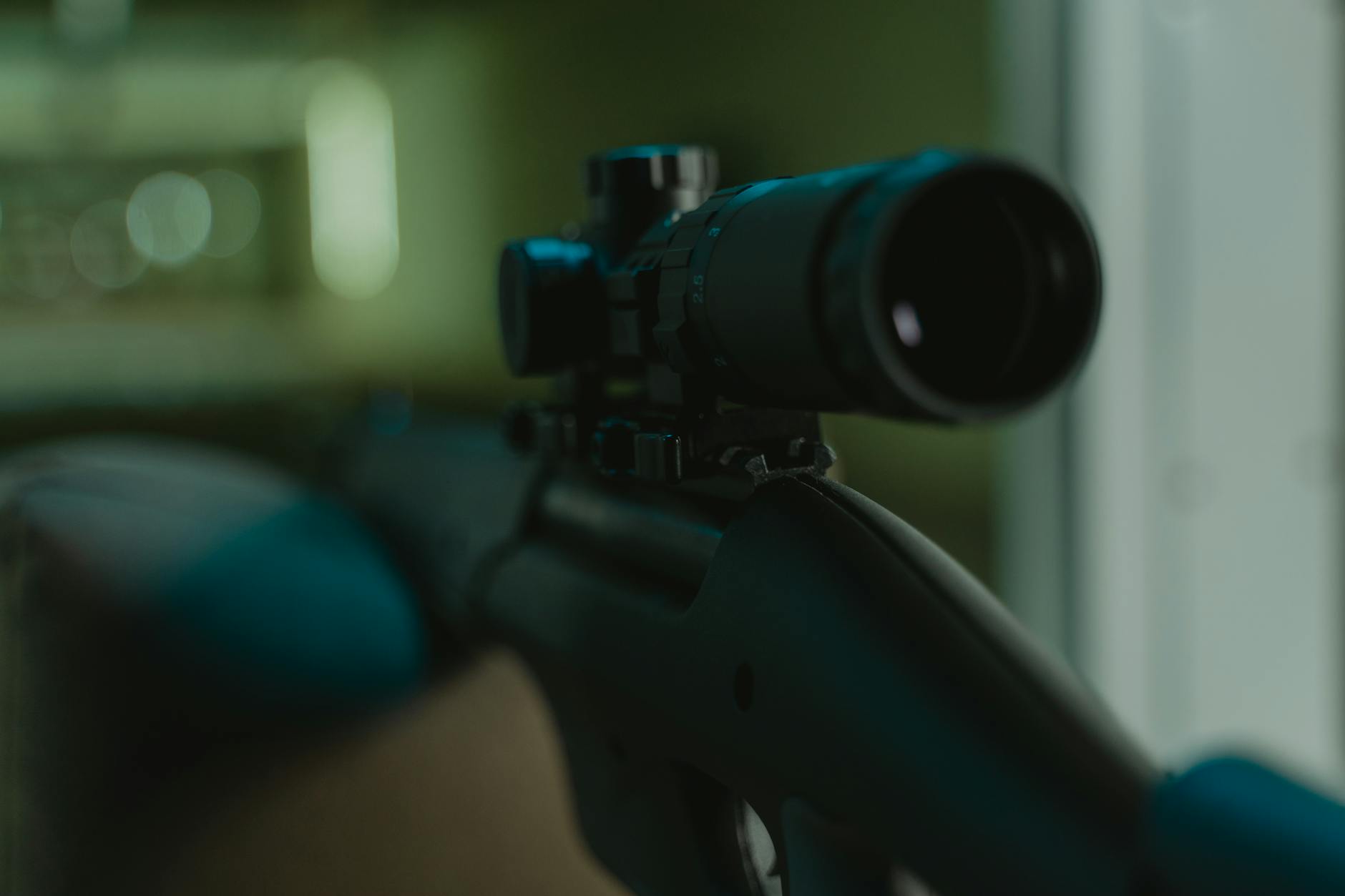
Hybrid workflow: adapting the Exakta 75–300mm
Want to bring the lens into your digital workflow? Adapt Minolta A‑mount glass to Sony E‑mount with a simple mechanical A‑mount to E‑mount adapter. Autofocus will not pass through—plan for manual focus only.
Manual focus made easy
On mirrorless bodies, use focus peaking and magnification for precise control at 200–300mm. A compact lens hood helps tame flare and lift contrast in video and stills outdoors.
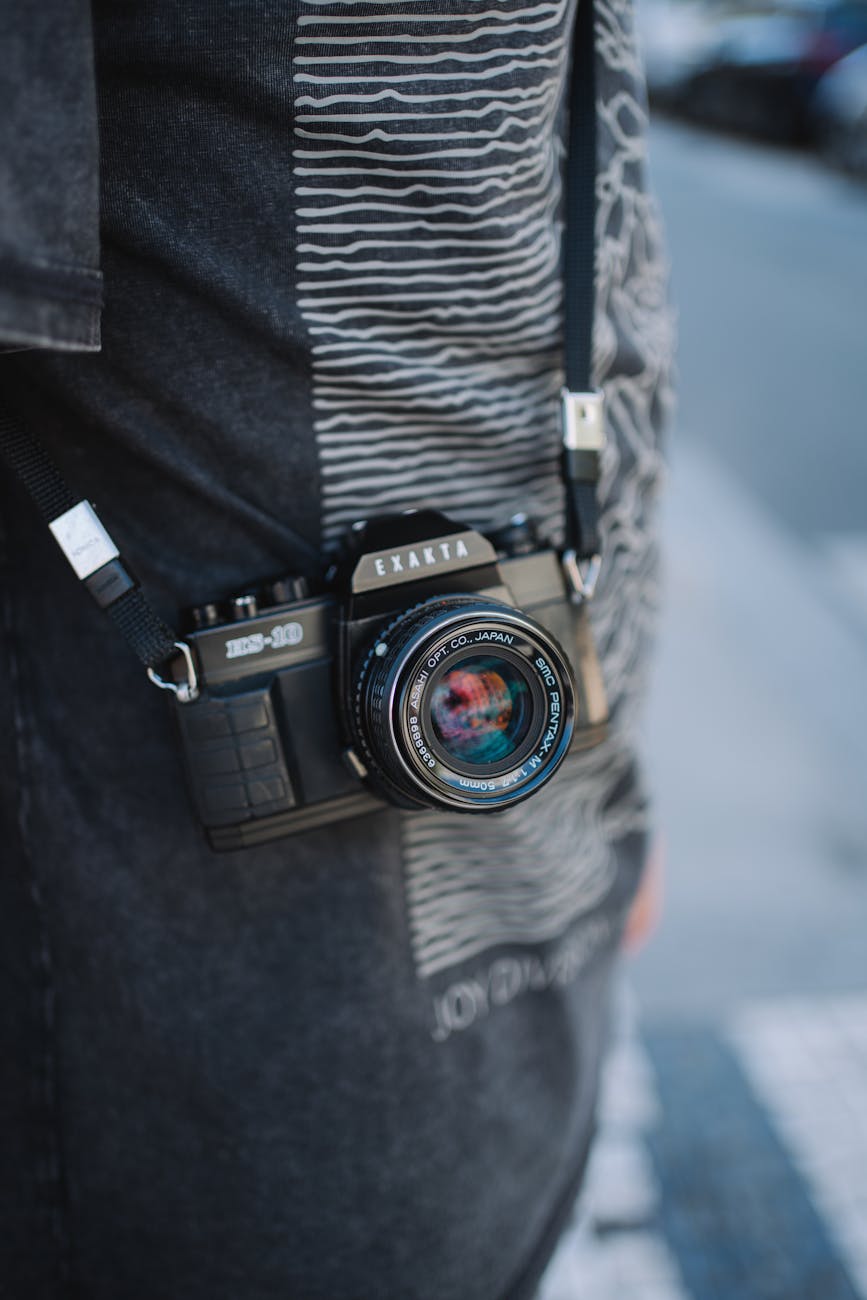
Simple film workflows to try
Beginner: let the camera think
Load a 400‑speed color negative film, set Program mode, and concentrate on framing and timing. The Dynax SPxi’s auto exposure keeps you moving.
Black‑and‑white grit
Try Ilford HP5 and push to ISO 800 for atmosphere. The extra contrast and grain complement long‑lens drama.
Color everyday
Kodak Ultramax 400 is a forgiving all‑rounder—balanced speed for sun or shade, with natural color that pairs nicely with telephoto portraits and street details.
Second‑hand inspection checklist
When evaluating a used Minolta A‑mount film SLR kit like this, prioritize electronics and optics first. Here’s a quick, practical run‑through before you commit:
- Power test: insert fresh CR123A batteries; confirm camera boots.
- Dry‑fire shutter and check motor advance across multiple frames.
- Lens optics: inspect for haze, fungus, and element separation.
- Controls: ensure zoom and focus rings move smoothly (no binding).
- LCD status: look for fading or bleeding on the body display.
- Body integrity: check plastic panels, lugs, and doors for cracks.
- Light seals: inspect back‑door foam; replace if sticky or crumbling.
- Flare control: confirm a lens hood fits properly.
- Price sense‑check: compare condition and testing against current market.
- Optional: shoot a short test roll to validate transport and metering.

Accessories and care
Carry and power
Stock a spare set of CR123A batteries (recent manufacture) and use a sturdy strap—the lightweight body still benefits from secure carry.
Optics and storage
Add a lens hood to the Exakta zoom to keep contrast consistent. Store the kit dry with caps on to reduce risk of fungus; air it out periodically.
Hybrid add‑on
If you plan to adapt the lens to mirrorless, an A‑to‑E adapter is the simplest route for Sony users. Manual focus practice on digital pays dividends when you switch back to film.

Price and value in 2025
This is among the more accessible autofocus 35mm SLR kits. If you’re researching the “Dynax SPxi price,” focus on condition and testing: a clean body, reliable transport, and clear optics are where the value lives. For creators, the appeal is tactile film handling, creative telephoto looks, and the option to reuse the lens on a mirrorless body.
Storytelling prompt: telephoto analog narrative
It’s late afternoon. With the Dynax SPxi at 300mm, you spot a solitary subject across a field. Describe how the long focal length compresses the scene—shifting from hazy, flared backlight to contrasty detail as clouds pass. Which frames feel like memories, and which feel observational? Capture that shift over a single roll.
FAQs
What batteries does the Dynax SPxi use? Two CR123A lithium cells. Buy fresh stock and carry a spare set.
Will the Exakta 75–300mm autofocus on a mirrorless adapter? No. With an A‑mount to E‑mount adapter, it’s manual focus only. Use peaking and magnification for accuracy.
Is this a good first film kit? Yes. Auto exposure modes keep things simple. Load ISO 200–400 and start in Program mode; the tele zoom adds creative compression.
What issues should I check when buying used? Power/advance, LCD clarity, light seals, and lens optics (haze/fungus/separation). Ensure smooth zoom/focus and inspect plastics for cracks.
Ready to dive in? Shop tested Minolta Dynax SPxi + 75–300mm kits, add fresh CR123A batteries and a lens hood, and consider an A‑to‑E adapter to explore a hybrid setup.




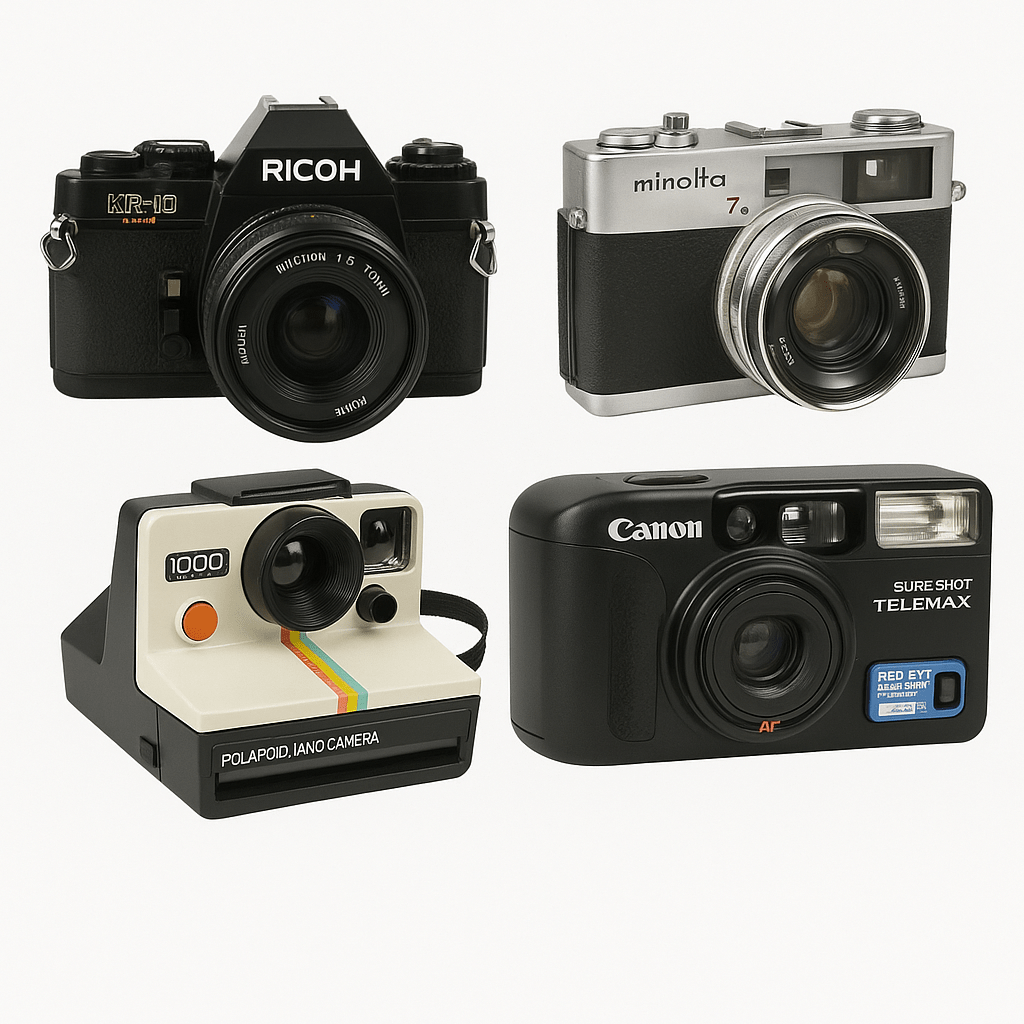
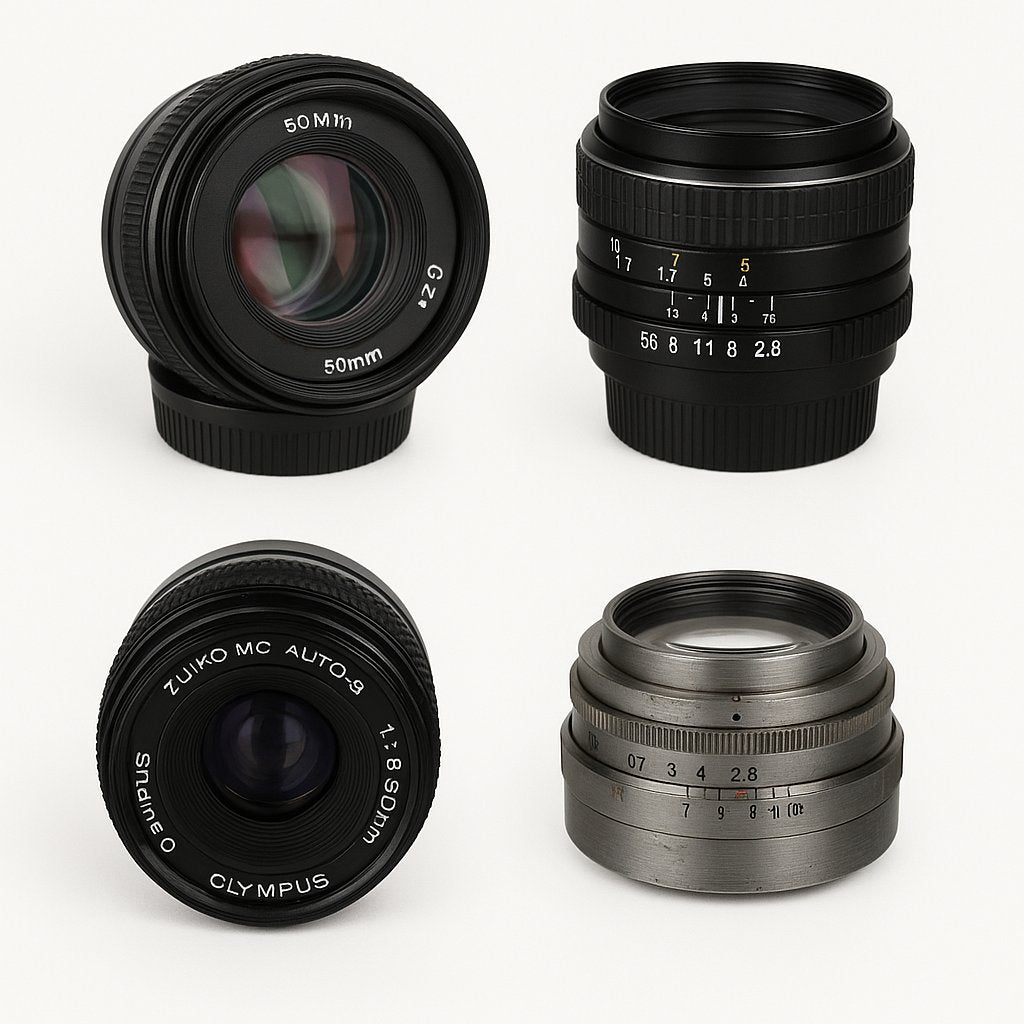
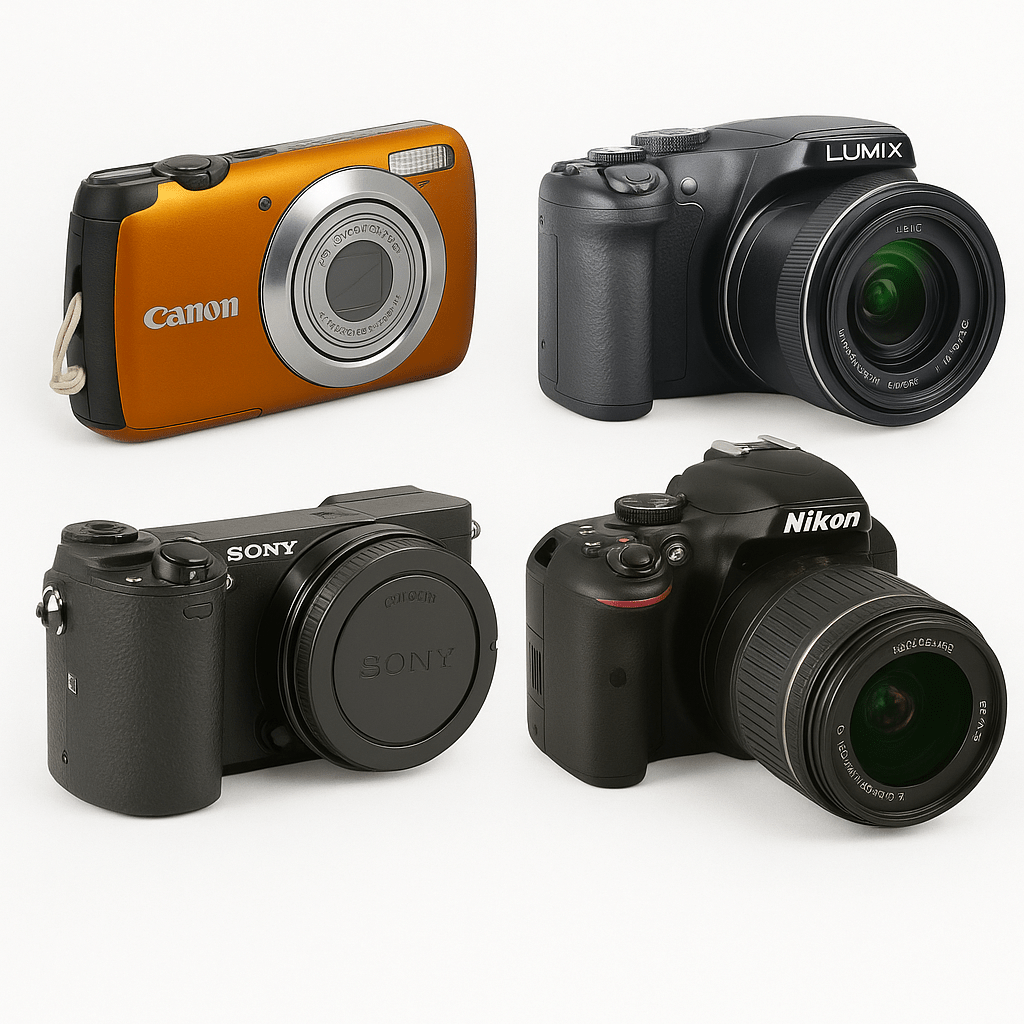
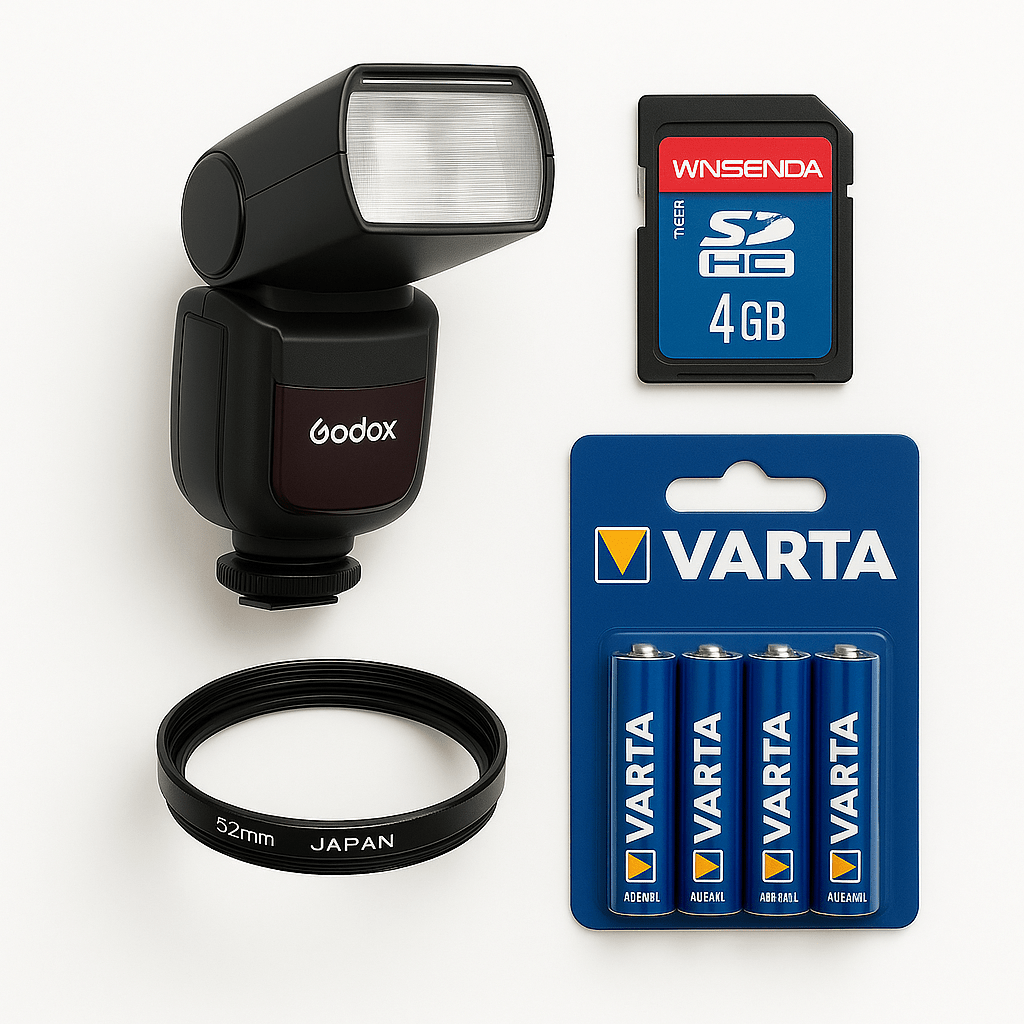
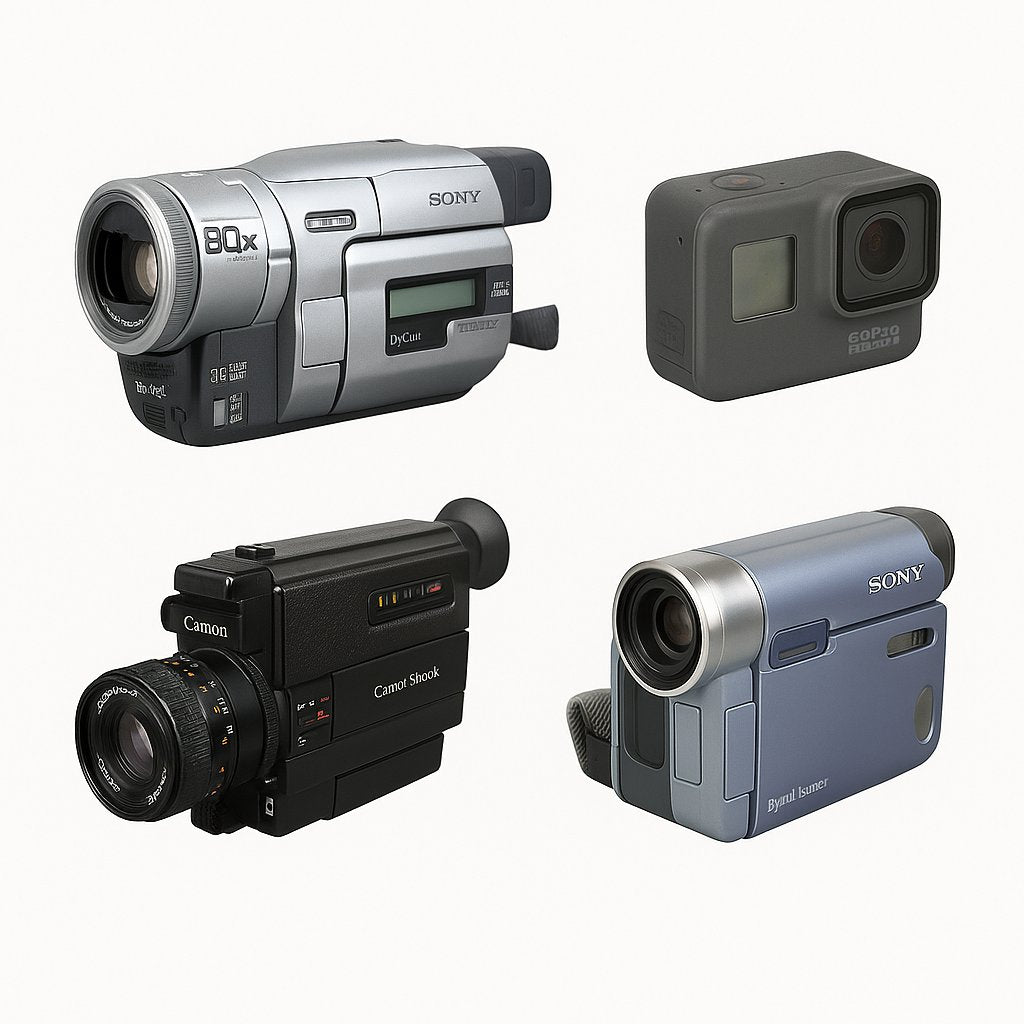
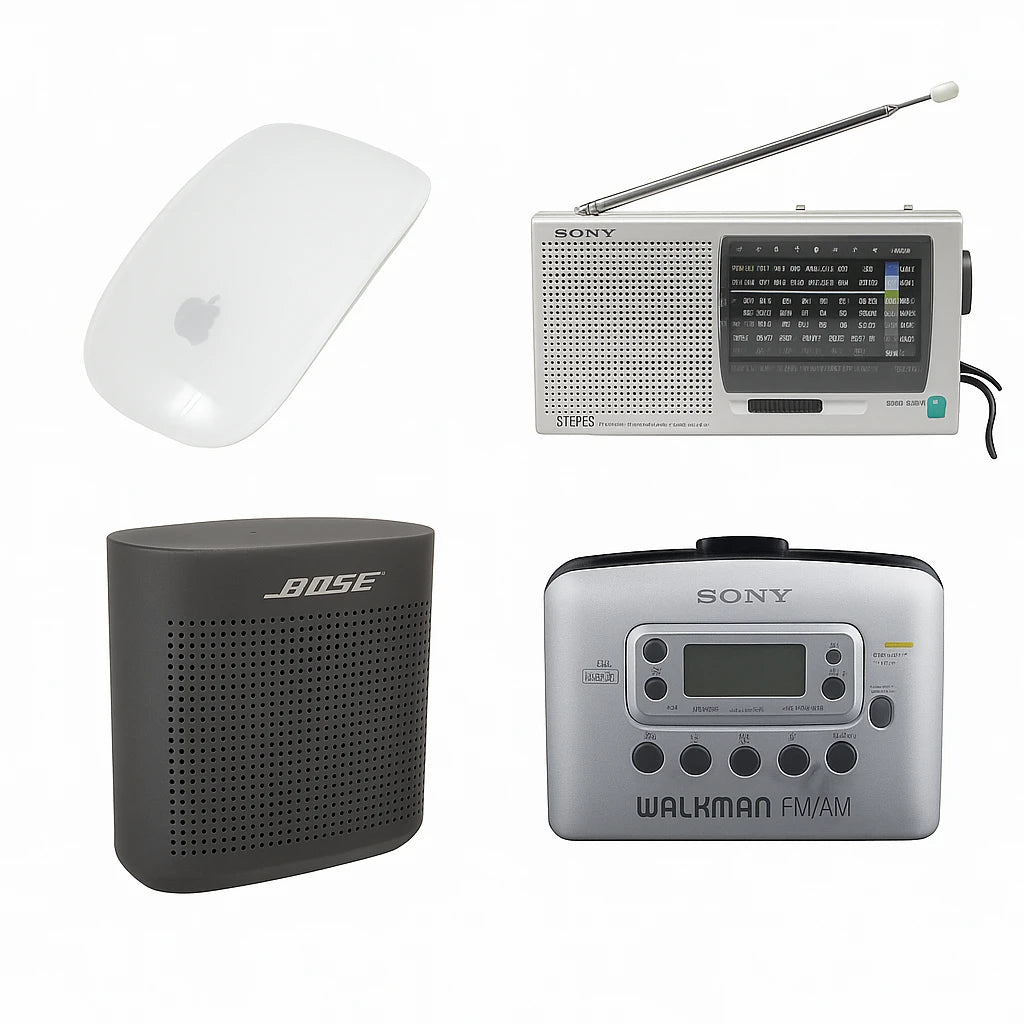
0 comments